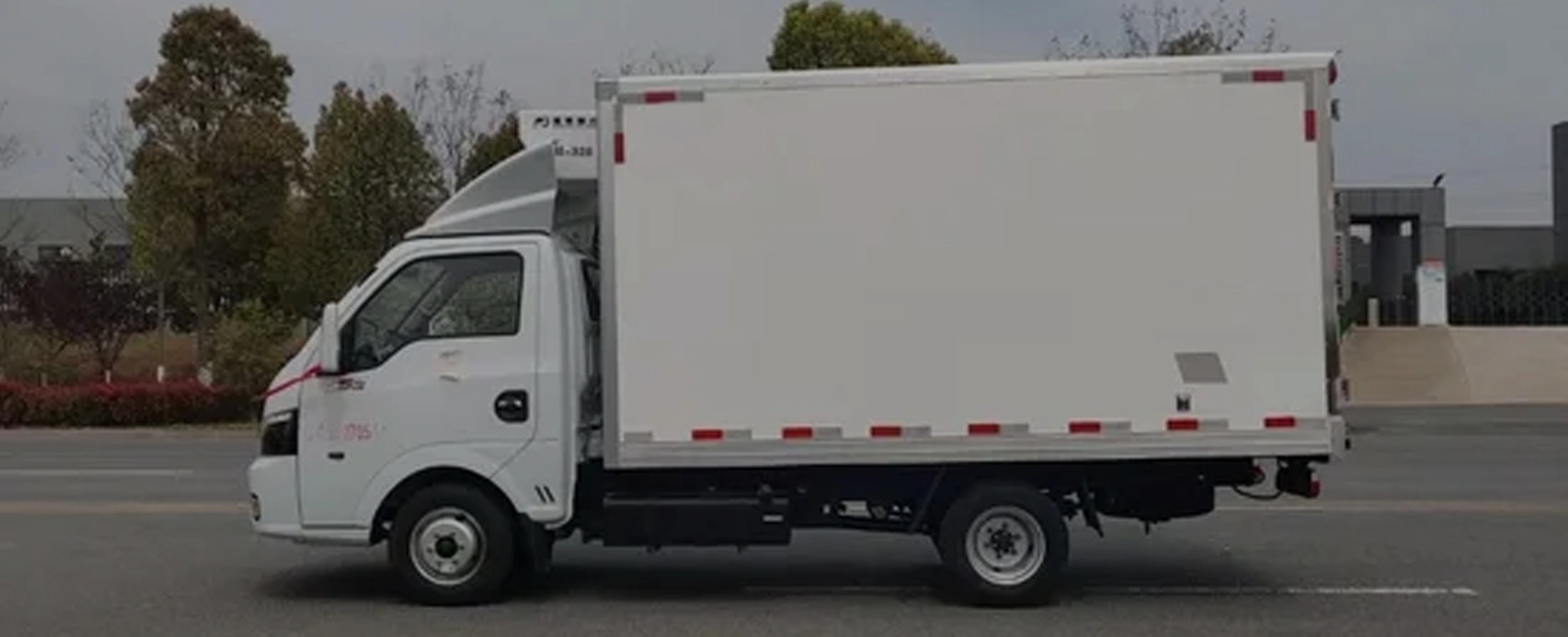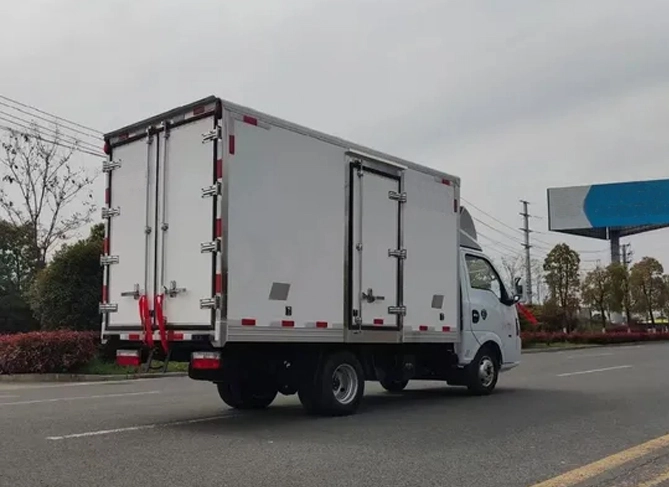
Through the use of telematics-driven fuel efficiency monitoring and predictive maintenance, logistics fleets can achieve significant cost savings. By optimizing driving behavior and vehicle performance, fuel consumption can be reduced by up to 15% or more. Predictive maintenance also reduces the number of breakdowns, saving on repair costs and minimizing vehicle downtime. For example, a fleet that previously spent a large amount on unplanned engine repairs due to late - detection of problems can now save money by addressing issues before they become severe.
Route optimization software can also lead to cost savings. By reducing travel time and distance, trucks consume less fuel and require less maintenance. Additionally, more efficient routes mean that more deliveries can be made in a shorter period, increasing the overall productivity of the fleet.
Van-style trucks are excellent for protecting cargo from the elements and theft. They are suitable for a wide range of goods, including packaged consumer goods, electronics, and clothing. Flatbed trucks, on the other hand, provide maximum flexibility for loading and unloading oversized or irregular-shaped items. They are commonly used for transporting construction materials, machinery, and large equipment.
Refrigerated trucks are essential for businesses dealing with perishable goods such as food, pharmaceuticals, or chemicals. These trucks come with insulated bodies and refrigeration units that can maintain a specific temperature range throughout the journey. Make sure to choose a refrigerated truck with a reliable cooling system and sufficient insulation to meet your temperature-control requirements.

